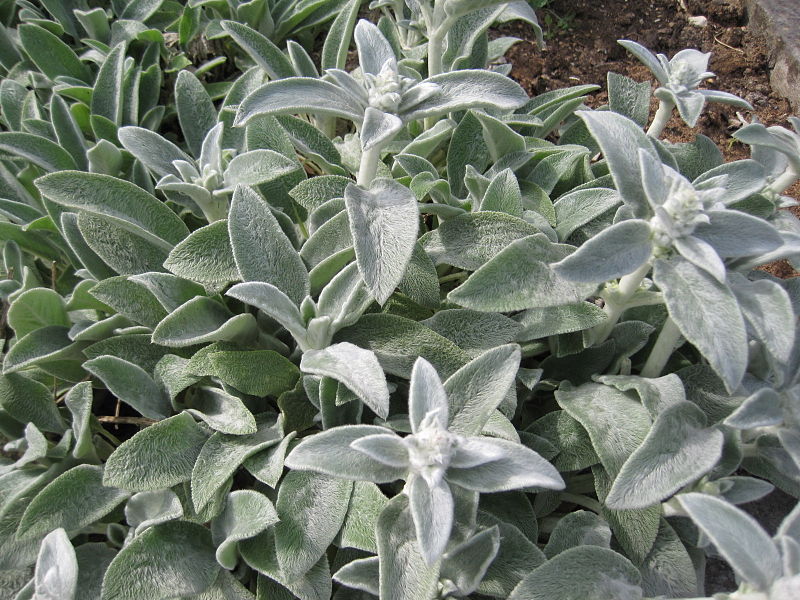Even if you’re new to the world of cannabis, you’ve probably heard the word “kief” thrown around a time or two. Often considered a marijuana byproduct, kief, when processed the right way, can contain around 70% THC, making it an excellent way to enhance your experience and get more out of your herbs.
What is kief?
Have you ever looked at a plant and seen small hair-like things coming out of the greenery? Think of sage (the herb) or lamb’s ear, which is a common, light green landscaping plant that looks like it is covered with soft wool and feels silky and warm to the touch. (You’ve probably seen it many times, even if you don’t recognize the name.)
Those two plants have a very obvious coating of small hair-like structures called trichomes. Most plants have trichomes to some degree, and they have a variety of functions including protecting the plant from frost, wind, insects, and sunlight, as well as collecting raindrops and dewdrops in dry climates.
Cannabis has these trichomes all over the flower, and at the tip of each “hair” there is a little spherical formation that is called kief, pollen, or dry sift. This little orb is actually a gland that is full of terpenes and cannabinoids, and most people believe that it gives you the best hit and high. While we’re not 100% sure why marijuana has these little crystals all over the flower, most believe it is to discourage herbivores from eating the whole plant because one little taste gets them too disoriented and euphoric to finish the plant. #themoreyouknow
How do you separate the kief?
Kief is one of those things that’s easy to get, but you need a few tools and a little bit of patience. If you have ground your herb in the past, you might have noticed some little glittery things around the edges of your screen. Well, friend: that is kief. One of the most popular ways to process your buds for kief is to use a 4 piece grinder or grinder with a screen chamber that has a kief catcher at the bottom. These styles of grinder have screens that have very small holes so that the last tray only has the tiny kief pieces and very little plant material. Another very effective way is to gather kief using a kief box with a silk or nylon screen. A nylon screened kief box with the right hole size can produce the best quality kief you can get without any plant matter dropping through the screen. Your kief really can’t be any better relatively than the quality of your herbs, but screen quality matters a lot to the quality of your kief. Another method that works well for higher volumes is using dry ice or “bubble bags”. Once you have collected the kief, you need to store it in an airtight, dry container away from sunlight, or it’ll lose its potency over time.
How do you use kief?
You can use kief in a lot of different ways, but it’s important to note that it works best if it’s been pressed in a pollen press and then lightly heated first (185* for 5 min) to form a hash-like disc that pieces can be easily broken or cut off to put in a pipe or vaporizer. Vaping, smoking, edibles, using a bong – all of those methods work well because some element of heat has helped the chemicals in marijuana to decarboxylate (convert THCA into the THC that we know and love). That means that snorting straight kief is a waste of product, and you need to find a different method if you were considering going that route.
You can also mix it into your dry herb blends, use it to “dust the bowl” of your bong, or coat the outside of a joint to get a more potent hit. Gathering up kief into a bit of parchment paper and applying heat and pressure (either using a press, your hands, or something like a hair straightener), helps break the glands so that the resin substance can come out. This process creates hash which can then be dabbed, smoked, or vaped. Another thing you can make is called a moon rock. A moon rock is a high-quality flower that has been dipped in oil and then coated in kief. Think of it as the cocoa-dusted chocolate truffle of the weed world. When these moon rocks dry, they can be broken up and smoked in a pipe or bong. You can also always bake or cook kief into different consumables, throw a little bit in with your hot tea or coffee, or incorporate it into cannabutter.
It’s important to note here that different strains of cannabis produce different amounts and potencies of kief. How much you use and how you use it will significantly impact your experience, and it is easy to overdo it and have a bad trip if you use too much at once.
Are there different levels of purity?
There are! Generally speaking, the purer the kief, the lighter in color it will appear until it’s a yellow or off-white. That means if you have kief that looks more on the green side of the spectrum, it likely has quite a bit of plant matter mixed in with the crystal. That’s not necessarily a bad thing, but green kief is best in edibles or cooked into other foods because of the plant matter. But again, the quality of the screen is very important to be sure to use a high quality grinder or kief or pollen box with the right nylon mesh.
While there isn’t a set standard, most commercial kief operations use a six-star system. If the kief has one or two stars, that means that there is still significant amounts of plant matter and is therefore best for edibles. Three or four stars means that the kief doesn’t melt all the way (also referred to as “half-melt”), and five or six stars means that it melts really well and is ideal for dabs.
If you’re looking to improve your experience, consider adding a little bit of kief to your next smoke, “special brownie” mix, or bong.
(Image Courtesy of wiktionary.org)

